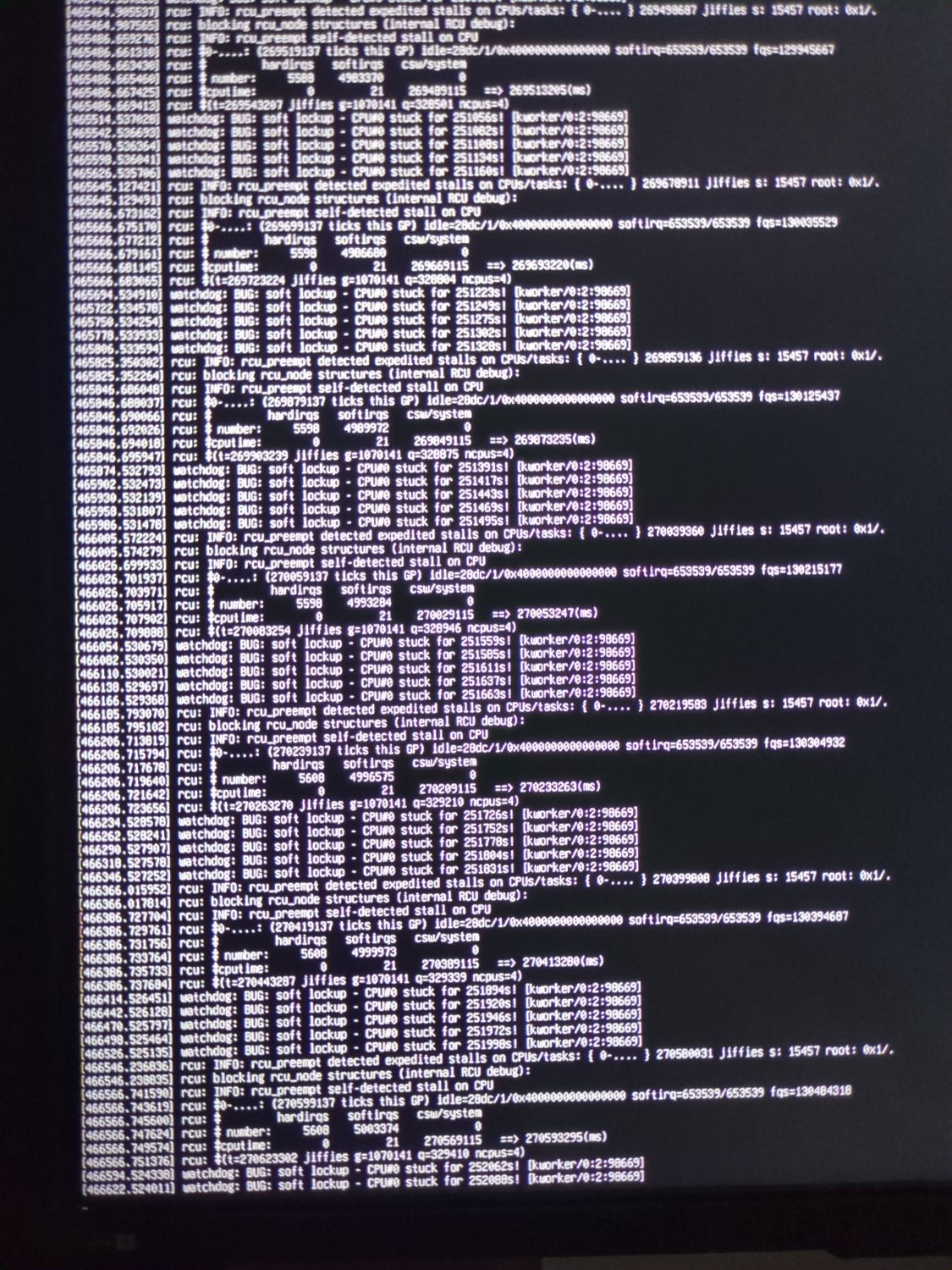Futo?
nutbutter
Then why do have to use both, a unified push server and a mollysocket, if both are doing the exact same thing?
Oh yes. Like, I selfhost both, ntfy and MollySocket. I am sure MollySocket does encrypt the data.
Yes, they can read the data. But apps like Molly (Signal Fork) send encrypted notifications. So, the time and some other metadata may be read by the server, but the content and contact won't be visible in plain text.
I forward it to my domain, so that I can listen to music in my office or anywhere else.
I have a VPS on hetzner, and I forward all my local traffic through that VPS via TLS-passthrough, not TLS termination using WireGuard amd HAProxy.
To know more about my setup, you can this this. https://blog.aiquiral.me/bypass-cgnat
They're relatively easy to deploy.
I use Jellyfin. You can find a very easy to deploy docker container by linuxserver.io team. Jellyfin has dedicated music only apps as well, for phones as desktops.
This actually worked. The CPU has to get stuck, it will in a day of being turned on, or it will keep working for weeks.
Thanks a lot for this!
The WireGuard encryptions stops when data reaches their servers and the data is re-encrypted to be sent to the client. So, theoretically, they can look at all the data being passed through.
Read more here about TLS termination and TLS passthrough. https://blog.aiquiral.me/bypass-cgnat
TIL GrapheneOS does not have that option.





10, imo.